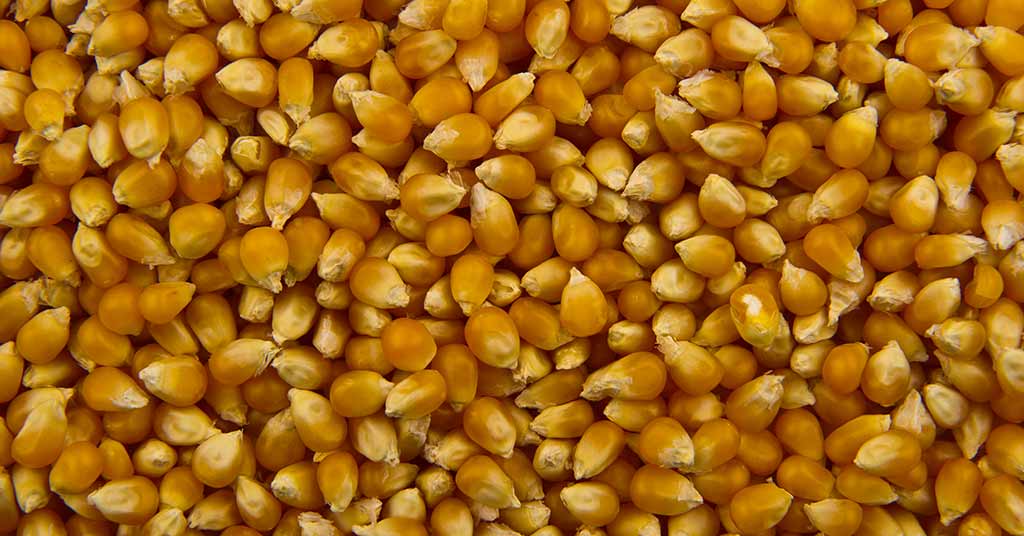Welcome To ChemAnalyst

The prices of Maize dropped for the second consecutive month across the US market. Certain factors influenced the current market scenario during August, including favorable weather conditions, tightening monetary policy, excessive inventory levels leading to a surplus supply, and a slowdown in global economic activity.
Recent months' adequate rainfall in the US Maize Belt was beneficial for crop development. The area experiences ideal rainfall for its production, averaging 30 to 40 inches annually. The recent rainfall in the Maize Belt has aided in the growth of the crops. This has assisted in rehydrating the soil, which is necessary for the growth of Maize and prevents the development of pests and diseases that can harm crops. The start of the harvesting season, aided by rains since July and counteracted dry conditions early in the season and high summer temperatures, has caused a drop in Maize prices. A bumper harvest in Brazil, which surpasses the United States, reduced demand for US Maize exports even though a strong harvest increased domestic stockpiles. In addition, Maize is currently being harvested by several important exporters in the northern hemisphere, including the US, Argentina, and Brazil. Because of the increased supply of Maize on the market, prices are being further pressed downward.
Apart from that, central banks worldwide have been tightening monetary policy and raising interest rates to fight inflation. This increases the cost of borrowing money for consumers and businesses, further slowing the economy. The demand for Maize, which is used to make various goods, including food and animal feed, is falling because of the global economic slowdown; because of this, companies and customers are less likely to buy these products. As a result, there is less demand for Maize. Additionally, the World Bank's food price index has remained largely stable over the last seven months due to falls in the cost of grains, dairy products, vegetable oils, meat, and cereals. On the other hand, sugar increased slightly.
Additionally, the FAO Cereal Price Index, which was below its value one year ago, decreased by 0.9 points (0.7 percent) from July to an average of 125.0 points in August. Due to ample global supplies brought on by a record-breaking harvest in Brazil and the beginning of the harvest in the United States of America, international coarse grain prices fell by 3.4 percent in August, dropping to their lowest level since September 2020. Moreover, it is projected that the prices of Maize are projected to rise in the forthcoming month as per the ChemAnalyst anticipation. Enough supplies among the merchants kept the market activity stable in the upcoming month.
We use cookies to deliver the best possible experience on our website. To learn more, visit our Privacy Policy. By continuing to use this site or by closing this box, you consent to our use of cookies. More info.
